Entry Category: Criminal Activities
Emmet Lynching of 1891
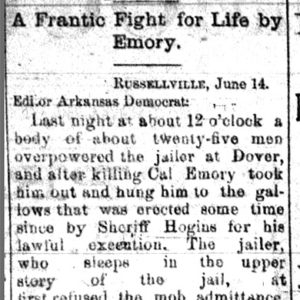 Cal Emory Lynching Article
Cal Emory Lynching Article
Emory, Cal (Lynching of)
England, Albert (Lynching of)
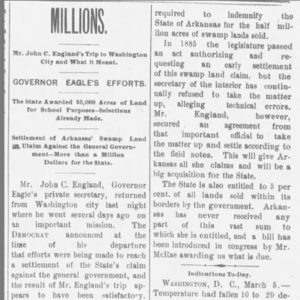 John England Article
John England Article
Enon Massacre
 Eubanks Murder Article
Eubanks Murder Article
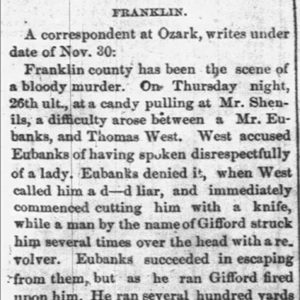 Eubanks Murder Article
Eubanks Murder Article
Fairchild, Barry Lee (Trial and Execution of)
Farmer, John (Lynching of)
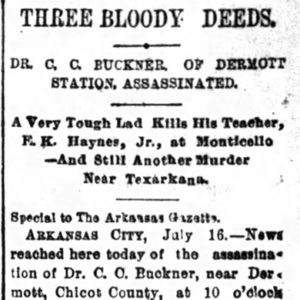 John Farmer Lynching Article
John Farmer Lynching Article
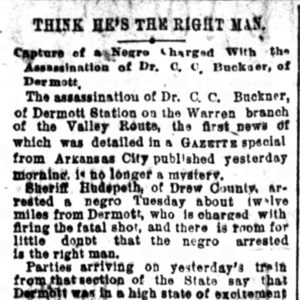 John Farmer Lynching Article
John Farmer Lynching Article
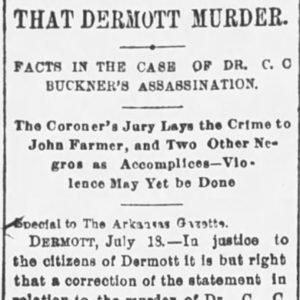 John Farmer Lynching Article
John Farmer Lynching Article
 John Farmer Lynching Article
John Farmer Lynching Article
Feuds
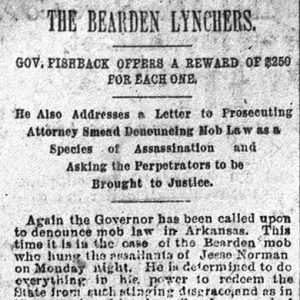 Fishback Lynchings Letter
Fishback Lynchings Letter
Fleming, Sam (Lynching of)
Flemming, Owen (Lynching of)
 Floyd Wanted Poster
Floyd Wanted Poster
Flynn-Doran War
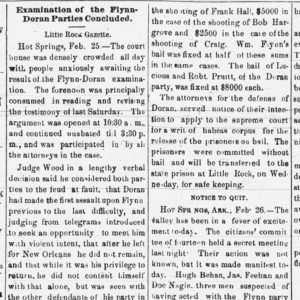 Flynn-Doran War Story
Flynn-Doran War Story
Fox, Warren (Lynching of)
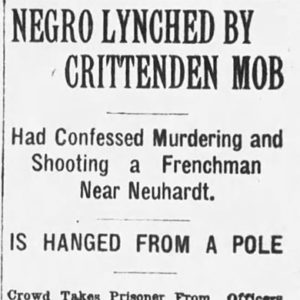 Warren Fox Lynching Article
Warren Fox Lynching Article
Franklin, Connie (Alleged Murder of)
Franklin, Monroe (Lynching of)
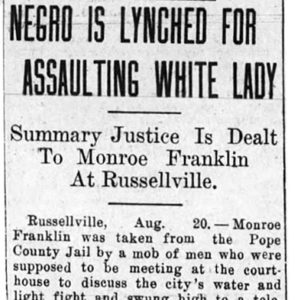 Monroe Franklin Lynching Article
Monroe Franklin Lynching Article
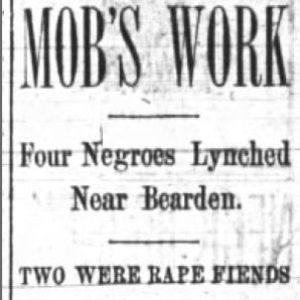 Frederick Lynching Article
Frederick Lynching Article
Frederick, Bart (Lynchings Related to the Murder of)
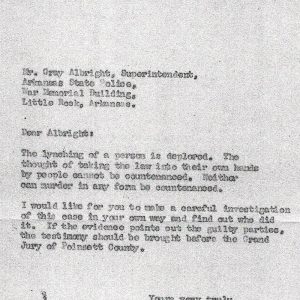 Futrell Letter
Futrell Letter
Gardner, Jeff (Lynching of)
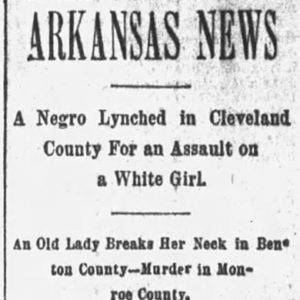 Jeff Gardner Lynching Article
Jeff Gardner Lynching Article
George (Lynching of)
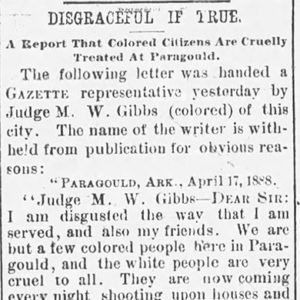 Gibbs Letter
Gibbs Letter
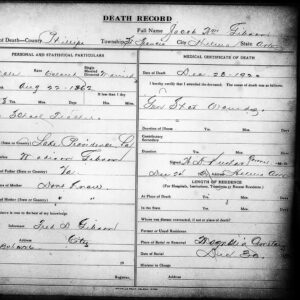 Gibson Death Record
Gibson Death Record
 Gibson Murder Article
Gibson Murder Article
Gibson, J. W. (Murder of)
Gifford (Lynching of)
Gilbert, John (Lynching of)
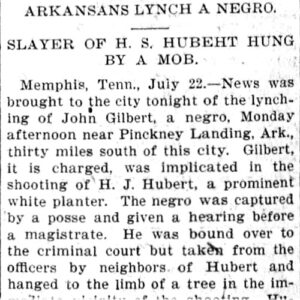 John Gilbert Lynching Story
John Gilbert Lynching Story
Gilmore, Felix (Lynching of)
 Goat Castle
Goat Castle
Gould, Godfrey (Lynching of)
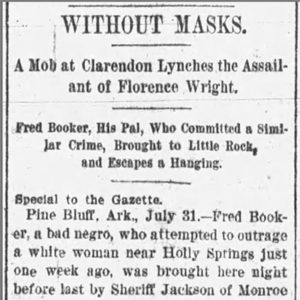 Godfrey Gould Lynching Article
Godfrey Gould Lynching Article
 Governor's Message
Governor's Message
Graves, Levi (Lynching of)
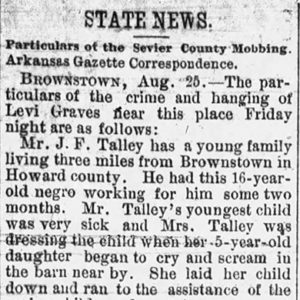 Levi Graves Lynching Article
Levi Graves Lynching Article
Green (Lynching of)
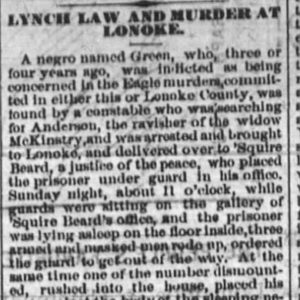 Green Lynching Article
Green Lynching Article




